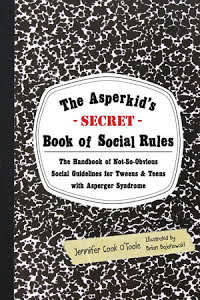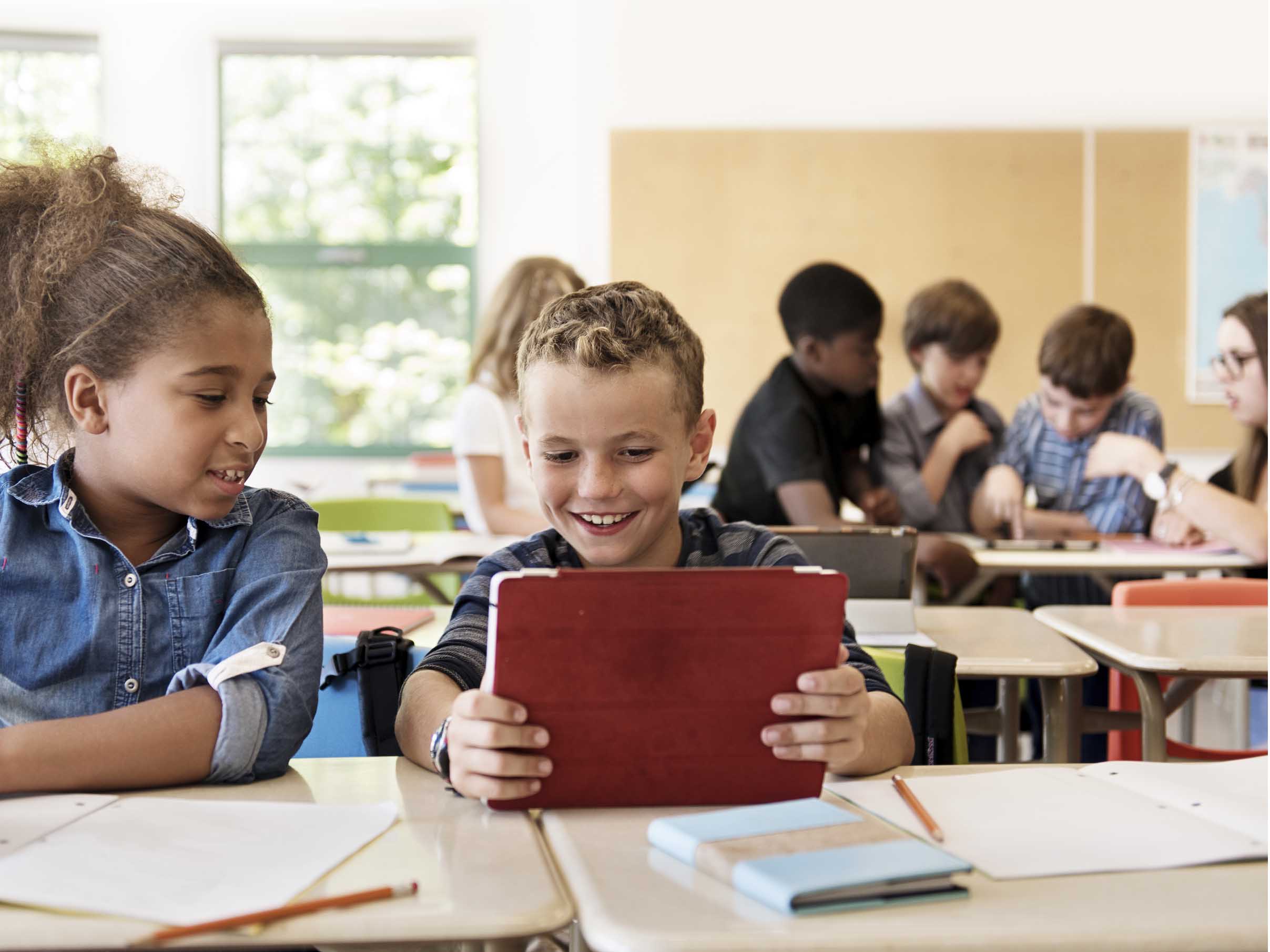Looking for ways to become more involved in your child’s therapy? Look no further! There is no “wrong” way to become involved. Just by trying you will make a difference. Here are some ways to get you going;
1. Try some therapy on the go.
a. It can be overwhelming to think about working on goals when it feels like you have a million things to do, but in reality, that is the perfect time to practice. Why? Because your child does not live in the therapy room! When you work on goals in the real world, it helps them take the skills they learned in therapy and apply them to real life.
i. Example: Working on following directions? Bring your child to the grocery store when you need to pick up a few things. Try prompting them with directions such as “Pick up the Oreos and hand them to me”, or “Grab the pack of napkins, then the plastic forks, and put them in the cart”. Practice makes perfect, plus the kids will feel like they are helping you.
ii. Example: Working on using longer sentences? Bring your child to go holiday shopping with you. If they see something they like, have them tell you about it when they get home. Bonus: You can go back later and get something that caught their eye, takes some of the guesswork out of gifts.
iii. Example: Working on taking turns? When you are driving with your child in the car, take turns pointing out different road signs or colors you see while you drive.
2. Build therapy into day-to-day routines.
a. Brainstorm ways you can incorporate therapy into your daily routines. The structure of a routine is a great platform for therapy, and once you work on goals within a routine a few times, it will become an expected part of the routine itself.
i. Example: Working on reading comprehension? When you read a bedtime story to your child, ask questions throughout. Talk about the beginning, the middle, and the end. Have the child answer wh-questions or predict what is going to happen next. This is activity that has a lot of room for working on a lot of goals.
ii. Example: Working on asking questions? Play a “conversation starter” game at dinner. Take turns asking each other questions. Don’t give too much information though, give your child space to ask follow-up questions such as “why?” or “what is that?” or “who is ___?”. This is a structured way to practice natural conversation, and it’s fun too.
3. Keep the SLP in the loop.
a. A great way to get involved with your child’s therapy is to keep track of their communication throughout the week. If you hear something that is interesting, write it down! The more information the speech-language pathologists (SLPs) have, the better we can tailor their therapy.
b. Let us know about exciting activities that are coming up or that have happened. This gives the SLP conversation starters for the child that allow us to work on a variety of goals such as giving details, descriptions, recall, and more.
c. What are your communication concerns? If something comes up, tell the SLP about it. It is always helpful to have a lot of information so we can make sure therapy goals stay relevant to your child.
These are just a few ways you can become involved in your child’s therapy. Find what works for you and stick with it! No matter what you do, consistency is key.
Kara Cotter










